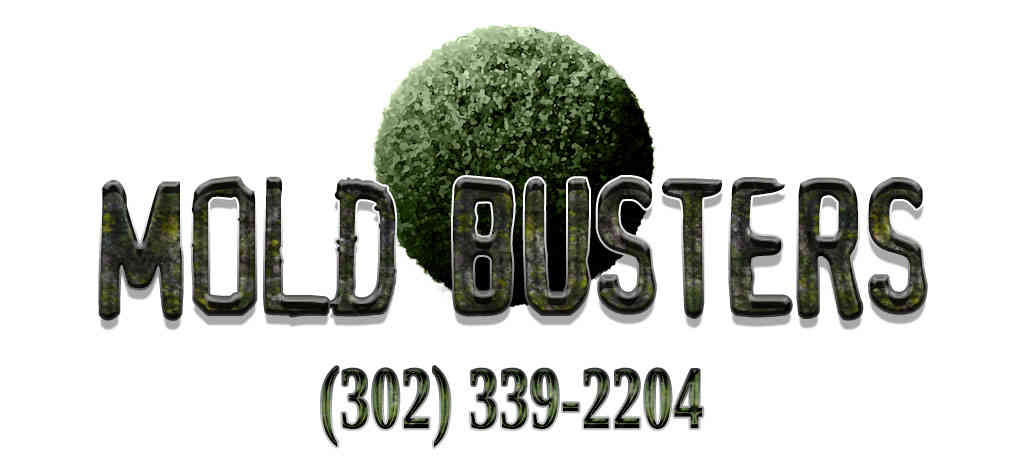Chlorine bleach is often regarded as the answer for removing and halting mold growth. It is usually the first thing many reach for when cleaning a mold contaminated area. While bleach may be effective in certain applications, it will not exonerate mold on a porous surface. Bleach can actually contribute negatively to certain mold problems.
It loses effectiveness over time.
Chlorine bleach rapidly looses its effectiveness. If you leave a glass of chlorinated water out on the counter for a few days, the chlorine will evaporate. This happens within the container as well. This evaporation process indicates that it will be hard to ascertain the true potency of your chlorine bleach solution, as the chlorine can escape through plastic. It may have been sitting at the store, or in your home for some time, diminishing the ability to perform.
It does not kill mold on porous surfaces and can actually contribute to mold growth.
Chlorine bleach can only kill surface mold. Because mold can grow deep roots within porous surfaces such as wood and drywall, bleach will not assist you in exterminating mold. The chlorine cannot penetrate to destroy the growth at its roots; it remains on the surface while the water component of the bleach reaches further, which can actually feed the mold growth.
It is toxic.
Chlorine bleach produces fumes that pollute the air and can become harmful to humans and pets. Chlorine bleach also generates a by-product called dioxin, which is linked to cancer. Use over time builds up these pollutants in the environment.
What should you use to kill mold?
If you have ascertained that it is safe to clean up the mold, there are a variety of options available. The most important step is to determine the cause of the moisture and make any necessary changes to assure that mold will not return and the area is properly ventilated. Some issues will need to be resolved by cutting out the moldy material and completely replacing it. This will make certain that the mold roots are removed and will not return.
Some people use vinegar, borax, hydrogen peroxide, tea tree oil or ammonia to kill mold, especially on small areas and non porous surfaces, as well as sanitizing mold and mildew on clothing. More specific biocides may be needed if you are dealing with a porous surface that you cannot remove, such as wood framing.
Proper treatment for mold growth will depend on the surface it has populated. Always consult a professional before attempting to remediate a mold problem yourself.
